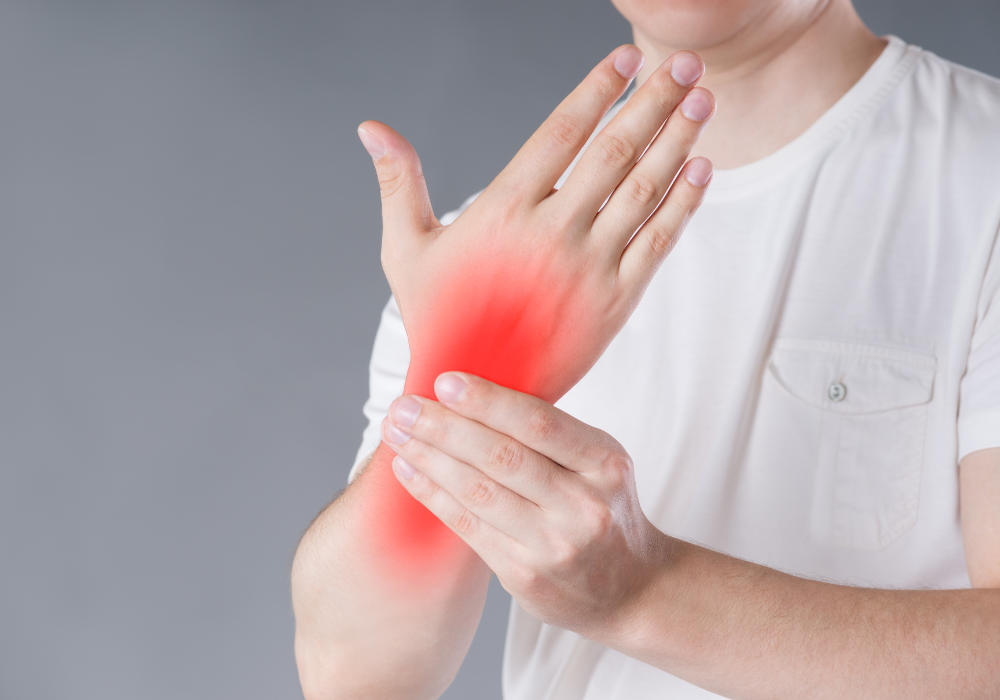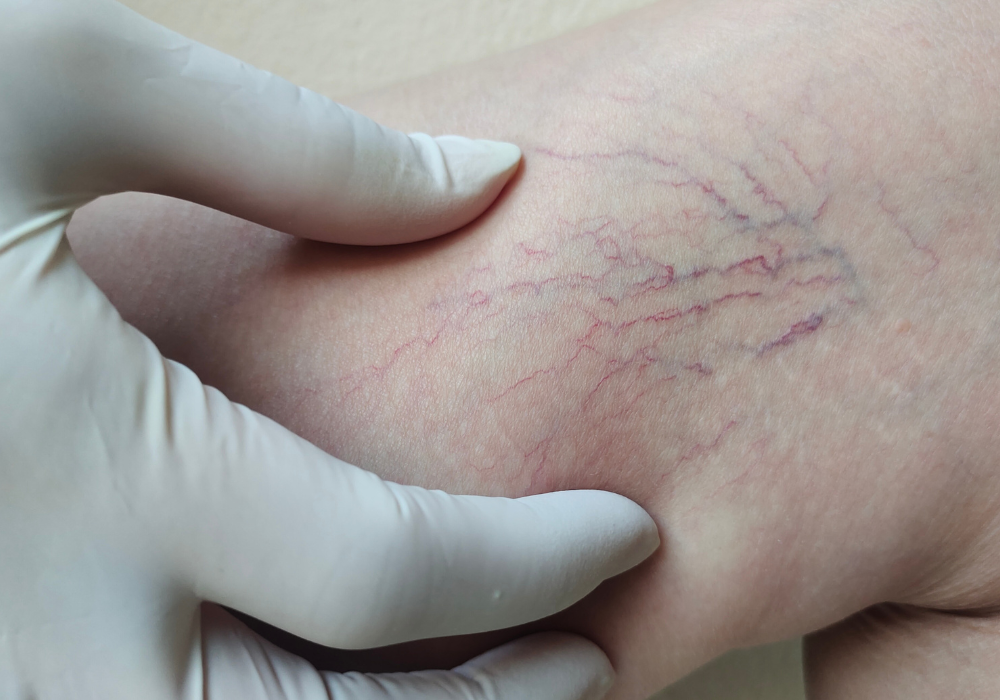
- Home
- About
- Surgical
- Non Surgical
- Burns
- Cranio-maxillofacial surgery
- Gallery
- Contact
Carpal Tunnel Syndrome — Precision Diagnosis & Effective Relief for Hand Numbness and Pain
Specialized Carpal Tunnel Treatment at Pratap Hospital, under the expertise of Dr. Pratap Duggirala (M.S., M.Ch) offers advanced, minimally invasive and surgical solutions for patients suffering from nerve compression at the wrist.
As a recognized center for hand nerve disorders and microsurgical procedures in Vijayawada, Pratap Hospital focuses on scientifically accurate diagnosis, targeted treatment, and long-term relief.
With deep experience in peripheral nerve surgery, trauma, microvascular procedures, and hand reconstruction, Dr. Pratap provides treatment that restores hand strength, sensation, and daily function with safety and precision.
Whether you are experiencing mild tingling or severe nerve compression requiring surgery, each treatment is individualized for maximum comfort and optimal functional outcomes.

- Overview
- Why People Choose Pratap Hospital for Carpal Tunnel Treatment
- Pre-Surgical Evaluation
- Surgical Techniques Used
- The Surgical Process
- Frequently Asked Queries
Carpal Tunnel Syndrome (CTS) occurs when the median nerve is compressed at the wrist due to inflammation, tight spaces, or repetitive strain. This leads to:
Numbness or tingling in thumb, index, middle, and half of ring finger
Hand pain, especially at night
Weak grip strength
Finger stiffness
Difficulty holding objects
Sometimes, muscle wasting at the thumb base (in advanced cases)
It is most commonly seen in people with repetitive hand use, desk jobs, vibration tool exposure, diabetes, thyroid disorders, and post-trauma scarring.
Early diagnosis and treatment prevent permanent nerve damage.
✓ Expertise in Peripheral Nerve & Hand Surgery
Dr. Pratap has extensive experience treating median nerve compression with both non-surgical and surgical approaches.
✓ Accurate Diagnosis
High-quality clinical evaluation, nerve conduction studies, and imaging help confirm severity and plan personalized treatment.
✓ Minimally Invasive Surgical Options
Advanced surgical release techniques offer:
Small incision
Minimal pain
Faster recovery
Early return to daily activities
✓ Holistic, Step-by-Step Treatment Approach
We prioritize non-surgical options wherever possible before recommending surgery.
✓ Proven Outcomes & Patient Satisfaction
Patients experience immediate relief from numbness and improved hand function within days.
✔ Clinical Examination
Sensation testing
Tinel’s sign
Phalen’s test
Grip strength assessment
Thumb muscle evaluation
✔ Nerve Conduction Studies (NCS/EMG)
To quantify nerve compression and confirm diagnosis.
✔ Ultrasound (if required)
To assess nerve swelling, tendon inflammation, or anatomical variations.
✔ Assessment of Contributing Conditions
Diabetes, hypothyroidism, trauma, arthritis, pregnancy, or repetitive strain.
✔ Treatment Planning
Depending on severity, patients may start with medications, splints, physiotherapy, or proceed to surgical decompression.
• Open Carpal Tunnel Release
A small incision is made at the wrist to release the tight transverse carpal ligament, relieving pressure on the median nerve.
• Minimally Invasive / Limited Incision Release
A shorter incision with faster recovery and minimal scarring.
• Endoscopic Release (When indicated)
Performed through tiny entry points using an endoscope.
• Associated Soft-Tissue Procedures
If CTS is due to trauma or scarring, additional tendon sheath or synovial release may be performed.
Step 1: Preparation
Local or regional anesthesia
Pre-operative marking
Sterile preparation
Step 2: Surgical Release
Ligament release
Median nerve decompression
Confirmation of free nerve movement
Wound closure with fine sutures
Step 3: Post-Operative Care
Soft dressing for 5–7 days
Hand elevation to reduce swelling
Gentle finger movement immediately
Suture removal in 10–12 days
Step 4: Rehabilitation & Recovery
Most patients regain normal function in:
1–2 weeks for daily activities
4–6 weeks for complete recovery
1. Do I need surgery for Carpal Tunnel Syndrome?
Not always. Mild to moderate cases often improve with splints, medications, and therapy. Severe nerve compression typically requires surgery.
2. Will surgery stop the numbness immediately?
Most patients feel relief within 24–48 hours. Long-standing nerve compression may take weeks for full recovery.
3. Is the surgery painful?
It is usually done under local anesthesia with minimal discomfort.
4. How soon can I return to work?
Light work in 1–2 weeks, and heavy/strain work in 4–6 weeks.
5. Can Carpal Tunnel Syndrome come back?
Recurrence is rare if properly treated and workplace ergonomics are maintained.
6. What happens if CTS is not treated?
Severe cases may lead to permanent nerve damage, weakness, and loss of thumb function.
Book a Consultation
If you’re considering rhinoplasty for aesthetic enhancement or breathing improvement, schedule a consultation at Pratap Hospital today.
Our team will guide you through every step — from evaluation and planning to surgery and recovery — ensuring safe, effective, and natural results.
📍 Pratap Hospital — Reconstructive, Aesthetic & Microsurgery Centre
📞 Call / WhatsApp: +91 94929 69899
📧 Email: drpratapshospital@gmail.com

Before And After Results















